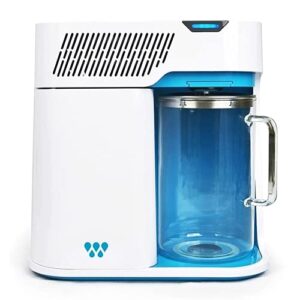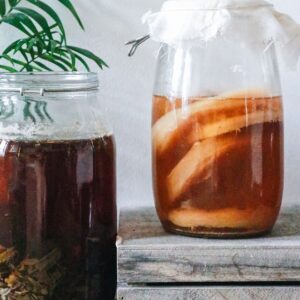I’d like to drop a few words on the usefulness of pumpkins, which are in my opinion the unrecognized members of the superfood group. In my country, people are still feeding pigs with pumpkins, and laughing at everyone who is consuming them, however, lately, the awareness has been rising, and all of the sudden, many farmers have changed their minds. Pumpkin oil is still very expensive, but at least it’s available. Only a few years ago, pumpkin oil belonged almost to the “exotic” category of oils, because the only oil we’ve had was imported, artificial oil without any nutrients.
Pumpkins offer many benefits, and the best of all is that you don’t really need to choose between “A” and “B”, ’cause you can have both. You can consume pumpkin’s fruit (a.k.a. “meat”), and still have a lot of seeds left that may be consumed raw or pressurized into the oil.
Well, I’d like you to know what containments do raw classic orange pumpkins have. It may think you twice before massacring them for Halloween.
Let’s start by mentioning that classic pumpkins offer 18 different amino acids. In fact, only two amino acids are not to be found, and those are hydroxyproline and betaine. Three amino acids stand out as dominant! Those are tyrosine, phenylalanine, and tryptophan.
It’s true that pumpkins are NOT rich in fats, in fact, they offer only 3 grams of Omega-3 (per 100 grams of raw pumpkin). Fat is not their “territory”, but vitamins and minerals are! Eating 100 grams of raw pumpkin satisfies approximately 47% of Vitamin A’s daily value, for an adult man, weighing 70 kilograms. That’s awesome!
Pumpkins also offer quite a lot of vitamin C! 9 milligrams per 100 grams of raw pumpkin. Do you know why is that important? Because vitamin C speeds up white blood cells, or, in other words, your immune system is responding quicker when and if it detects an issue in form of different unwelcomed bacteria.
Another fascinating thing regarding pumpkin’s vitamins are quantities of Alpha and Beta Carotenes (which means they’re full of antioxidants, or in other words, they protect one’s cells)! The following values are guaranteed per 100 grams of raw pumpkins:
- alpha-carotene: 20% of DV (daily value)
- beta-carotene: 30% of DV (daily value)
Aside from vitamin A, pumpkins are rich in vitamins B:
- Thiamin (B1): 4% of DV
- Riboflavin (B2): 8% of DV
- Niacin (B3): 4% of DV
- Vitamin B5: 6% of DV
- Vitamin B6: 4% of DV
- Folate (B9): 4% of DV
Pumpkins yet offer vitamin E (7% of DV) and choline, in insignificant amounts.
A mineral chart list should also be mentioned! Copper is definitely dominant, with 14% of DV, respectively, however, potassium’s percentage is also quite high (7%). Zinc is not to be forgotten, neither (3% of DV), just as iron and manganese (5% of DV for both). Of other minerals, calcium, magnesium, phosphorus, and selenium are worth mentioning whose percentage of DV is spinning around 3%.
Therefore, even though pumpkins are not rich in fats, neither proteins (1g per 100g of raw pumpkin), it’s a good side-dish choice for fitness enthusiasts. For example, mixing raw pumpkin with beetroots and cabbage is a nutritional “bomb”, especially if served as a side dish with fat-rich fish, such as salmon, or tuna. Since pumpkins contain approximately 25-30 calories per 100g, you don’t need to worry about overconsumption!
This article is courtesy of @gemstone. Visit @gemstone on hive for more.








